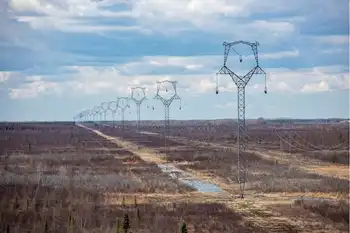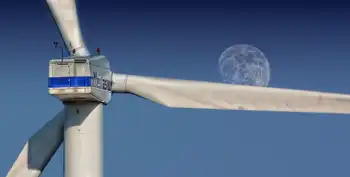Carbon prices are going the wrong way
By The Independent
Protective Relay Training - Basic
Our customized live online or in‑person group training can be delivered to your staff at your location.

- Live Online
- 12 hours Instructor-led
- Group Training Available
Perhaps it needs to talk to more of its members from within the energy industry, which insists that the low price of carbon is one of the biggest issues it faces as it ponders whether to invest in low carbon electricity generation facilities.
Right now, the carbon price is heading in the wrong direction. The House of Commons Environmental Audit Committee said that £88 per tonne was the lowest price necessary for investment in green technologies to become economic. In the EU scheme, the price for the right to emit one tonne of carbon dioxide is currently £13, having fallen back from close to £20 since the middle of last year.
There have been two reasons for this decline. First, the free emissions allowances for the scheme were set prior to the recession: in a slowdown, emissions fall, so there has been less demand for additional allowances than was anticipated. And second, with the failure in Copenhagen to secure an international agreement on emission reductions, one crutch for the carbon price – that fewer free allowances might soon be available – was kicked away.
One of the few positive effects of the global recession has been lower-than-expected emissions. But the gain from that benefit will be more than wiped out by higher future emissions if the result is that the low carbon price makes it impossible for private-sector organizations to justify committing themselves to investing the huge sums necessary to build renewable energy plants with scale, or nuclear facilities.
The theory of the ETS is sound. By making it expensive to emit carbon, those that are able to afford to cut back will do so. Moreover, there is, for the first time, a will on a global scale to make these schemes work, with countries such as the US and Australia considering their own versions.
In practice, however, European Union governments, including our own, have not yet created the conditions in which the free market of the ETS will really encourage a shift to low carbon technologies.
As the CBI points out, there are schemes to encourage greater investment in some greener initiatives – certain renewables and clean coal, say – already in existence. But this is no substitute for a carbon market with prices that take much more of the uncertainty out of the decisions being made now by large companies about their investments over the next two decades.
The sooner the carbon price rises very significantly – probably to more than the EAC suggests as a bare minimum – the better, and that will require direct intervention.











